Formnext 2019: More Productivity Thanks to Optimized AM Processes
The market for additive processes continues to grow by around 20 percent annually and has reached a volume of 10 billion euros. This was reported by the organizer of formnext, the world’s leading trade fair for additive manufacturing (AM) in Frankfurt. In AM, the trend is clearly moving towards greater productivity. Thanks to its new materials, lasers for eMobility and highly efficient 3D coating processes, the Fraunhofer Institute for Laser Technology ILT is providing the right ideas at the right time.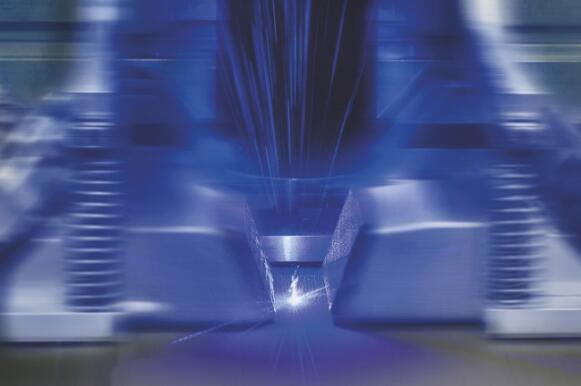 © Fraunhofer ILT, Aachen, Germany.
© Fraunhofer ILT, Aachen, Germany.
Scientists at the Fraunhofer ILT are investigating the use of a blue-emitting laser beam source in additive manufacturing.
Additive processes, or more simply industrial 3D printing, have left their niche and are finding their way into many areas of established industries. In addition to the pioneers from the aerospace and medical technology industries, interested parties are now also coming from the electrical engineering and offshore sectors. The focus is shifting from individual solutions to complete process chains.
formnext 2019 will take place from November 19 to 22 in Frankfurt. The organizers expect a massive growth in exhibitor and visitor numbers again this year. In addition to the enlarged exhibition, they are also offering a specialist conference and various competitions. For the first time, a partner country of the trade fair will be introduced: the USA.
At formnext, the experts from the Fraunhofer Institute for Laser Technology ILT will be demonstrating how the industry can leap into a new technology generation of additive manufacturing. They will be presenting a series of new processes and, in the futureAM project, showing how digital and physical added value can be optimized from the incoming order to the finished 3D printed component.
![]() Efficient 3D printing with high purity copper
Efficient 3D printing with high purity copper
Copper reflects the radiation of established laser beam sources comparatively strongly in the near infrared, making it much more difficult to implement the corresponding machining processes. This is not the case with lasers in the green spectral range, which can even be used to produce components from high-purity copper with the laser powder bed fusion (LPBF) process.
Fraunhofer ILT has been investigating the LPBF process with a green beam source. This work has included the production of components for electrotechnical applications. Thanks to the excellent thermal and electrical conductivity of high-purity copper, the process is also suitable for manufacturing heat exchangers, or generally for components with a high functional density, for example in the field of eMobility. In addition, the experts at Fraunhofer ILT are looking at using a blue-emitting laser beam source in additive manufacturing. The institute offers support from the first feasibility study to the development project for LPBF processes.
![]() Process monitoring: Measuring the powder gas jet during laser material deposition
Process monitoring: Measuring the powder gas jet during laser material deposition
Laser material deposition (LMD) has established itself for the repair and manufacture of metallic components in additive manufacturing and the application of protective coatings: In the process, a powdery filler material is introduced into the melt generated by the laser beam via a nozzle. This creates a layer which is metallurgically bonded to the workpiece.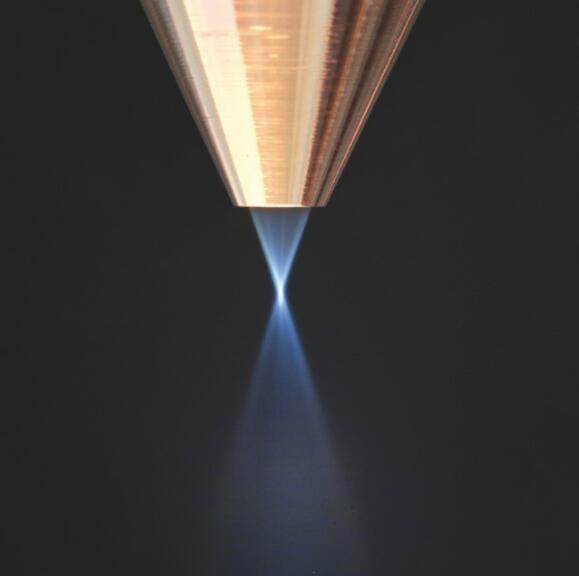 © Fraunhofer ILT, Aachen, Germany.
© Fraunhofer ILT, Aachen, Germany.
Powder gas jet: For the first time, the Powder Jet Monitor can be used to document how nozzles influence the powder gas flow, particle density distribution and other parameters.
The powder feed into the melt bath is decisive: It significantly influences the layer quality and the economic efficiency of the process. Many parameters affect the tool “powder gas jet” but it has not been possible to characterize and document this.
This is why Fraunhofer ILT developed the powder jet monitor (PJM). The PJM system uses a laser to illuminate the powder gas flow in one plane and a camera to detect the powder particles and their position. In this way, the user can obtain information about the entire distribution of the particle density.
The powder jet monitor enables users to document nozzle wear and adjust the powder nozzle. In addition, they can investigate how the parameters of the powder feed influence the overall process. This is the first system suitable for industrial use for measuring the tool “powder gas jet”.
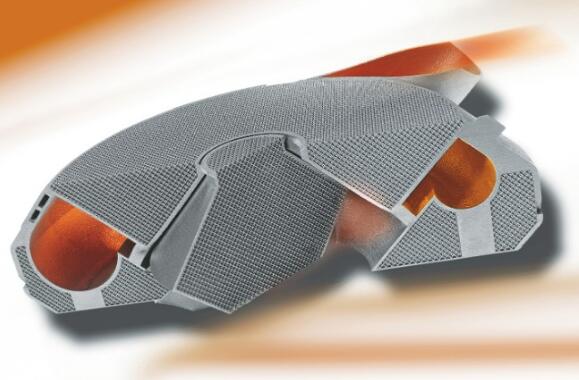 © Fraunhofer ILT, Aachen, Germany.
© Fraunhofer ILT, Aachen, Germany.
At formnext, Fraunhofer experts will show how the industry can successfully leap into a new technology generation of additive manufacturing – by integrating the digital and physical value chain from incoming orders to the finished metallic 3D printed component.
![]() futureAM – 10 times faster
futureAM – 10 times faster
More efficiency is still an important requirement in additive manufacturing of metallic materials (metal AM). Only by ensuring efficient and robust processes, the industry can advance from pioneering solutions into series production. The Fraunhofer flagship project futureAM was launched at the end of 2017 to address this issue. In this project, additive processes will be accelerated by at least a factor of 10, manufacturing costs reduced and build volume restrictions lifted with new machine concepts. The focus is to integrate digital and physical value creation from the incoming order to the finished metallic 3D printed component. Under the leadership of Fraunhofer ILT, five other Fraunhofer Institutes are participating in the project: IWS, IWU, IAPT, IGD and IFAM.
The ambitious goals of the Fraunhofer partners have so far led to a number of innovations, several of which will be presented at formnext.
Source: Frauhofer


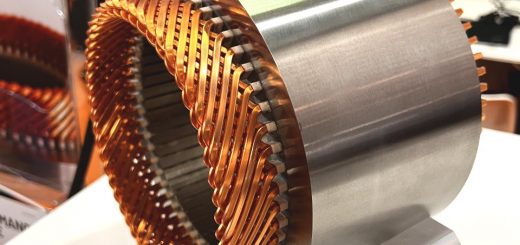
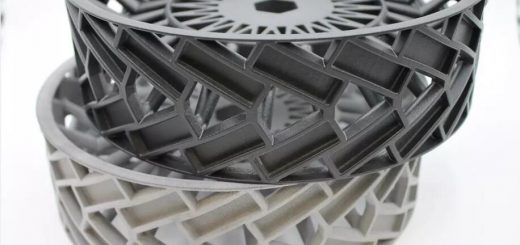
Recent Comments